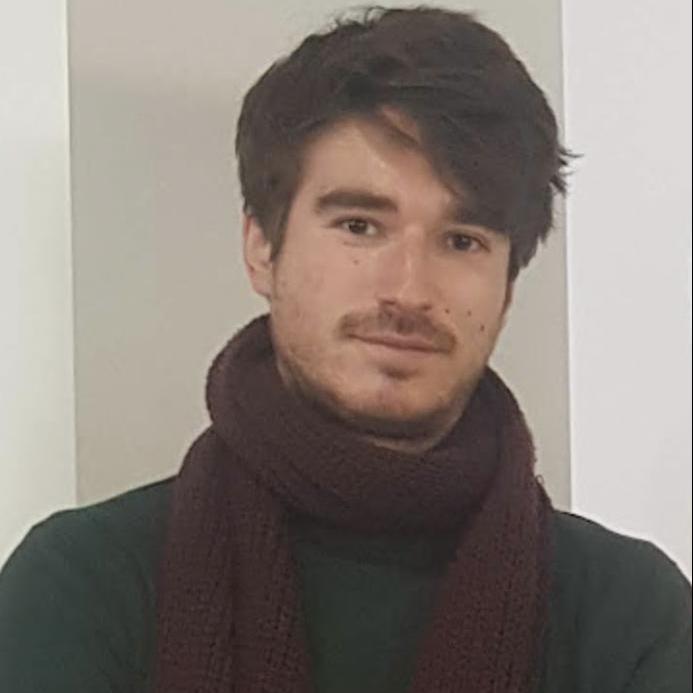Staff profile
Dr Rory McInnes-Gibbons
Post Doctoral Research Associate

| Affiliation |
|---|
| Post Doctoral Research Associate in the Department of Classics and Ancient History |
Biography
What interests me is classical reception, in particular the constantly changing relationship we have with antiquity and its afterlife. Having studied Classics at BA and taken an MA in Greece, Rome and the Near East, both at Durham University, my doctoral research has gone on to pursue Palmyra in Roman Syria.
Outreach and Engagement
"Classics and Class in the North-East"
As co-coordinator and researcher alongside Professor Edith Hall on the new Durham University engagement project, “Classics and Class in the North-East”, I am currently involved in planning and recruiting partners to bring the classical past and its communities together. The North East has a diverse and fascinating history of interaction with ancient civilisations, most notably in the material legacy of Hadrian’s Wall, which snakes its way across Northumberland. It is a tangible, living heritage and there needs to be greater provision and access to classical civilisation and ancient history beyond the academy and selective schools. The project aims to broaden participation and widen access, irrespective of age, to the antiquity on our doorstep. The North East is rightfully proud of its past and now is the time to bring Classics and its communities back together in the region.
Research Project
“The Reception of the Ruins of Palmyra in the Long Eighteenth Century: 1678-1820.”
This project examines the visual archive and vital afterlife of the UNESCO World Heritage Site of Palmyra in the Syrian steppe. With monuments including the temples of Bel and Baalshamin destroyed by Islamic State between 2015 and 2017, the role of classical reception in the field of Palmyrene Studies has been brought to the fore. While the Syrian Civil War and Russian occupation have made new excavations at the site impossible, an archaeology of Palmyra’s place in the western imagination and classical revival has become all the more significant. Employing Robert Wood’s Ruins of Palmyra (1753) as a fulcrum to explore the impact of the ruins on eighteenth-century visual culture, I argue Palmyra was the rival of Rome and Athens as a source of inspiration for architects and artists between 1753 and 1775. My primary research is predominantly archival, bringing never before and rarely seen sources to light.
Teaching
I have four years of experience teaching as a GTA on modules in the Classics & Ancient History Department. I have taught on a range of modules encompassing the ancient Greek world in Comedy & Tragedy, its reception in the afterlife of Alexandria and Writing Alexander, alongside Roman history modules like Emperors and Dynasties and on Late Antiquity. Having worked with freshers to finalists, I will be teaching again in the department in the next academic year (22/23). In terms of marking, I can call on experience in language modules such as Intermediate Latin, while I tutor Latin and ancient history privately and have taught it from GCSE to PGCE level at Beginners and beyond.

